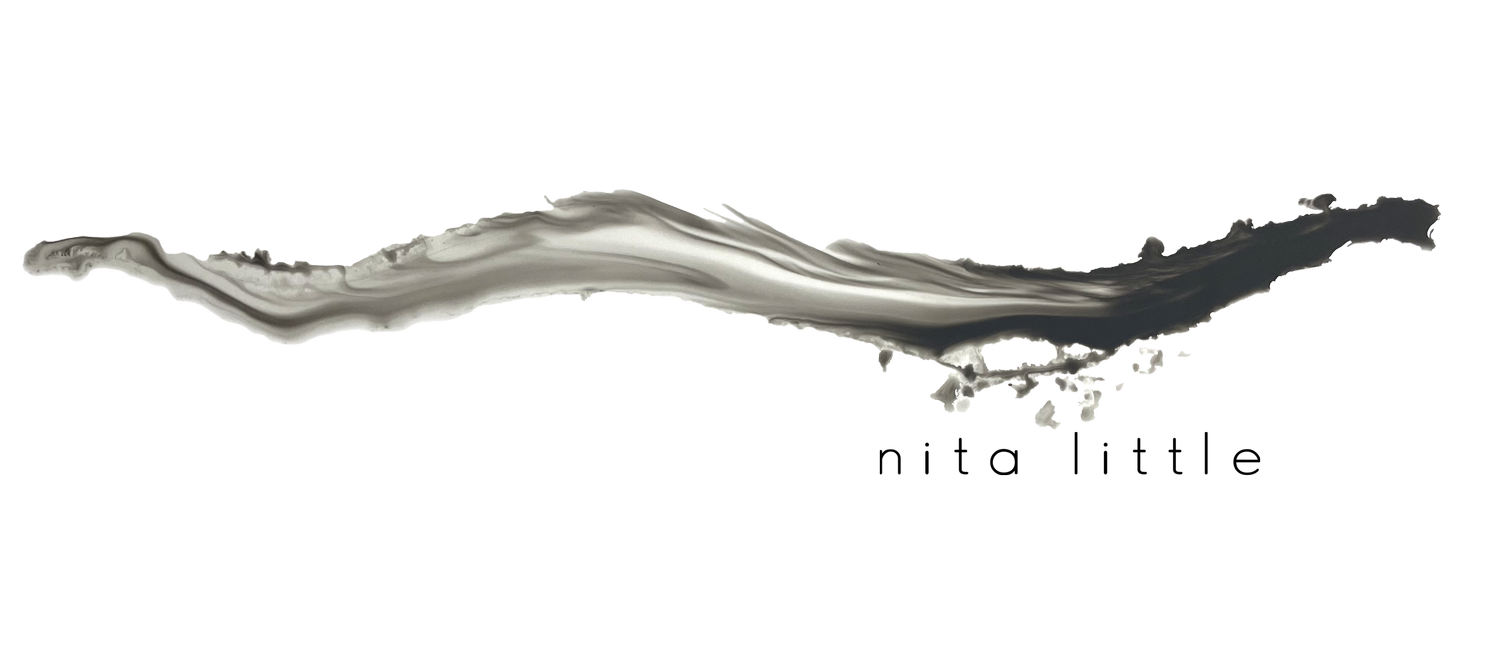January Asides
Emergence in Creative Practice
I start from the assumption that the quality of our relationships influences our results in emergent phenomenon. That the sum is greater than the parts is a constant in emergent phenomenon, each part is set into relations with another part and when this happens over numbers of events, a kind of blossoming occurs and the total becomes something greater than any single interaction. The city of Manchester, England became a thriving metropolis at the turn of the nineteenth century, with places for different kinds of business, shopping, burial grounds, and community events, not by plan but by many small interactions between people. The city is far more complex than any individual interaction, yet it was the interactions that defined it. Yet, there it is. Emergent.
When we notice the quality of the interactions of the very small, when they are considered, valued, supported and strengthened, then their influence on our emergent results is amplified for the better. In art making, when we consider all the relationships we gather together to compose the art itself, from how ideas interact with ideas to how we engage with our materials, our co-creators, and very importantly, how we engage with our own mental physical lives, then our results can become emergent, forming something greater than ourselves. There is an unleashing that needs to happen, an allowing of things to rise of their own and to show us what they are, rather than “making” things be what we want. As artists, we are always in co-creative processes with the world if there is emergence within our results.
